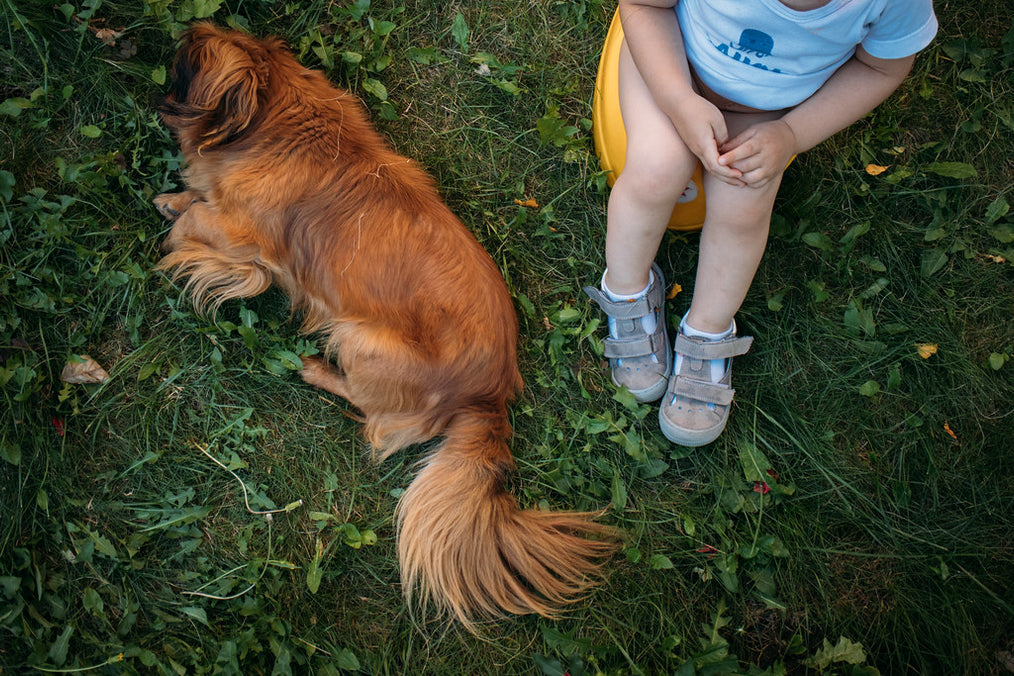Can Cats Eat Whipped Cream?
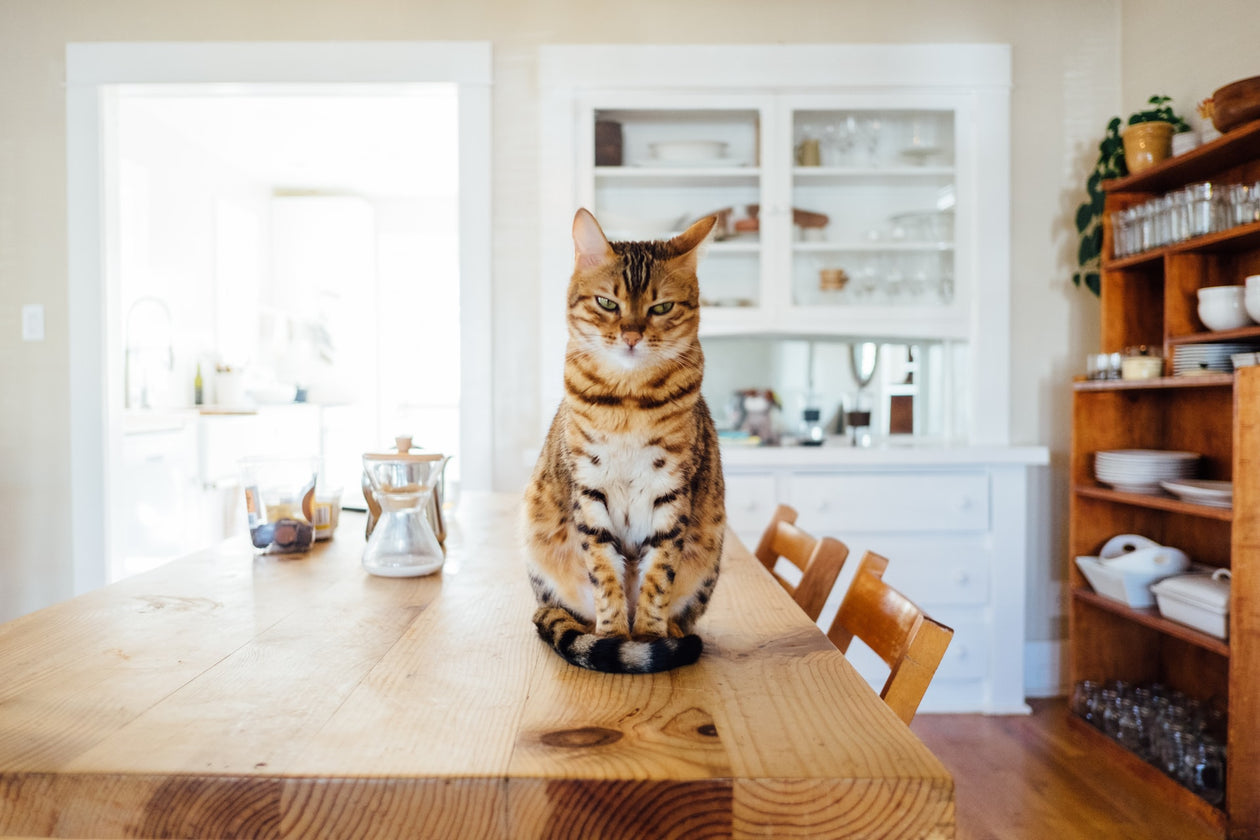
We all love watching Tom from the popular MGM animation, Tom and Jerry, slurping on some delicious milk before Jerry ruins his moment. There are countless other animations where a cat is caught with whipped cream on its nose.
All these videos are adorable and seem to create a reality that cats eat whipped cream. This is one question that we wish to answer, can cats eat whipped cream. Our answer needs a bit of explanation so read on.
Can Cats Eat Whipped Cream?
A straightforward answer to this question is yes. Cats can eat whipped cream. But this doesn’t mean whipped cream is suitable for every cat. That said, a better question would be, is whipped cream safe for cats?
Whipped cream is the product of heavy cream, which is the thick part of milk and contains a very high fat content. Whipped cream also contains lactose, and many cats are lactose intolerant and lack the required enzymes to digest lactose.
So, technically whipped cream and many dairy products aren’t safe for cats.
Why Should Whipped Cream be Given in Moderation?
First and foremost, cats love to eat meat. It’s in their DNA! Whipped cream, on the other hand, obviously lacks meat content.
While whipped cream is not deadly to cats, it contains lactose sugar that cannot be easily processed by cats and cause stomach upsets.
There are several reasons why you should feed whipped cream to your cat in moderation, and they include:
1. The presence of lactose in whipped cream
Lactose is the primary carbohydrate found in every dairy product. Unlike glucose that breaks down easily, lactose needs the presence of an enzyme, lactase, to be broken down. It is so sad that most adult cats cannot produce enough lactase to break down lactose, which means they are lactose intolerant.
Cats as kittens can digest lactose easily, but as adults, they begin to lose the ability to break down lactose since it is not needed. So whenever they take food containing lactose, they may show some digestive problems.
This is because their body cannot digest lactose, and as a result, the substance builds up in the stomach. The lactose will then start to ferment, leading to bloating, an upset stomach, and diarrhea.
2. Whipped cream contains Carrageenan
Carrageenan is one ingredient found in some foods and is used to regulate the texture of the food. Carrageenan is available in some store-bought whipped cream. Carrageenan used to be present in cat food until researchers discovered it to be carcinogenic. Massive amounts of this substance can cause cancer, and in addition, it can cause liver and colon damage.
Other Diary Foods to Avoid
Aside from whipped cream, there are other dairy foods you shouldn’t feed your cat.
Let’s take a look at them.
- Butter: Butter contains less lactose than whipped cream and other dairy foods that make this list. This means your cat won’t suffer from stomach upsets due to lactose intolerance. But the little or no lactose content doesn’t exempt butter from our list. The high-fat content in butter makes it bad for cats.
- Yogurt: For humans, yogurt aids digestion, but it’s the exact opposite for cats. The lactose in yogurts can cause stomach discomfort and other gastrointestinal issues for your cat. However, you can feed your cat some yogurt if you’re able to find a lactose-free version.
- Milk Alternatives: Milk alternatives like soy, coconut, and almond milk are better than cow milk. They’re also lactose-free, so that makes them suitable for your cat, right? No. Though cats have been domesticated, eating foods like almonds, soy, and oats isn’t in their nature. So, they’ll still experience some digestive issues if they consume these foods.
Do Cats Eat Whipped Cream? - Conclusion
In addition to lactose, whipped cream contains high-fat content, leading to obesity or other kinds of effects. Given to cats in minute quantities, whipped cream would indeed not affect your feline friend. It is best to stick to diets that contain meat and occasionally feed whipped cream to your cat as a treat.
If your cat begins to show symptoms after taking whipped cream, call the veterinary doctor immediately.
Best Sellers
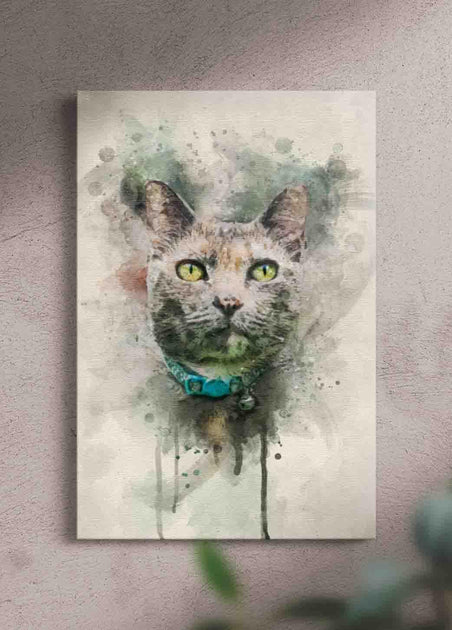
WATERCOLOUR

THE YOUNG QUEEN
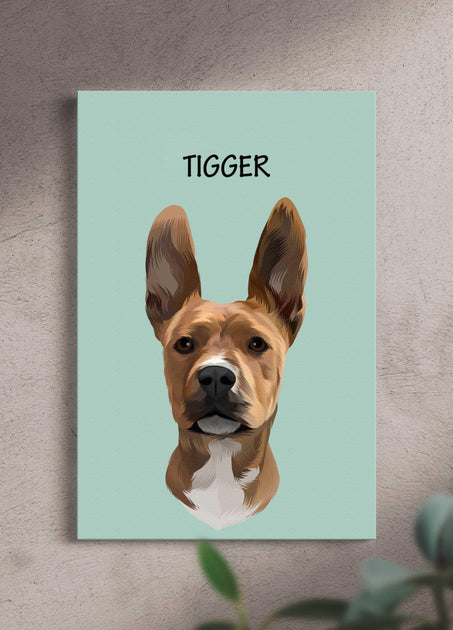
MINIMALIST DESIGN
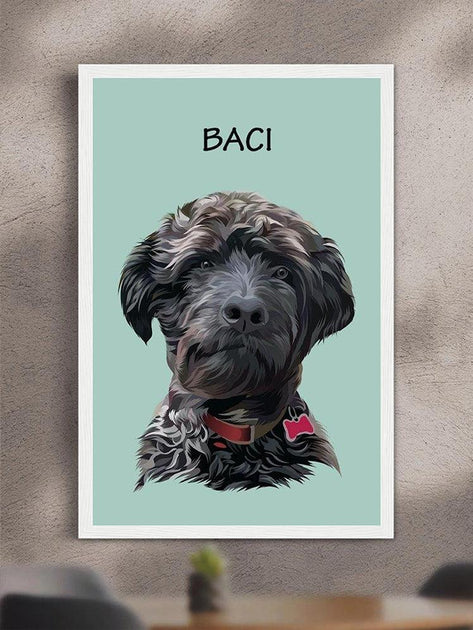
MINIMALIST PET PORTRAIT
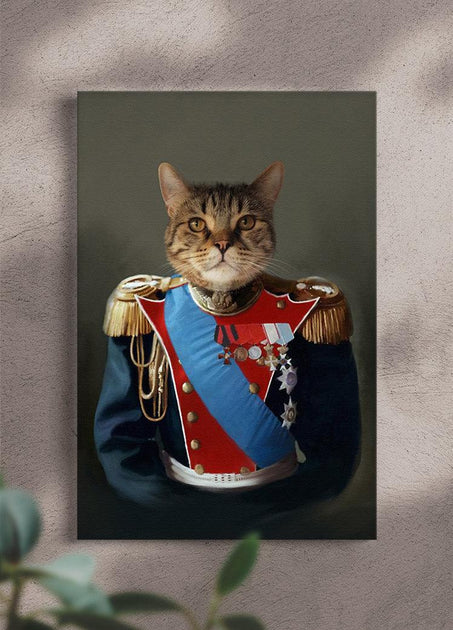
THE GENERAL
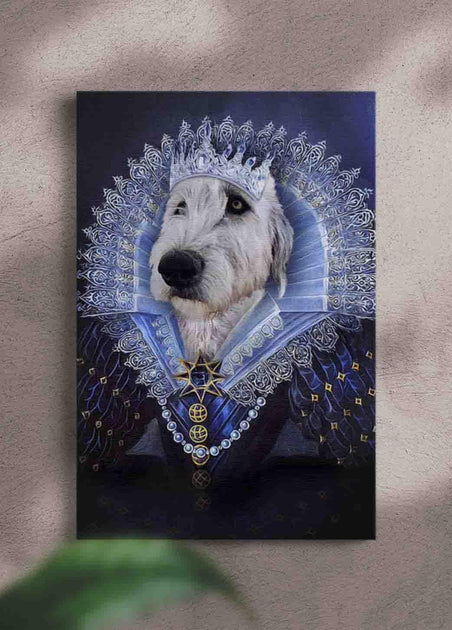
THE ICE QUEEN

THE ROYAL COUPLE

THE CONVICT

THE PRESIDENT

THE BOURGEOIS COUPLE
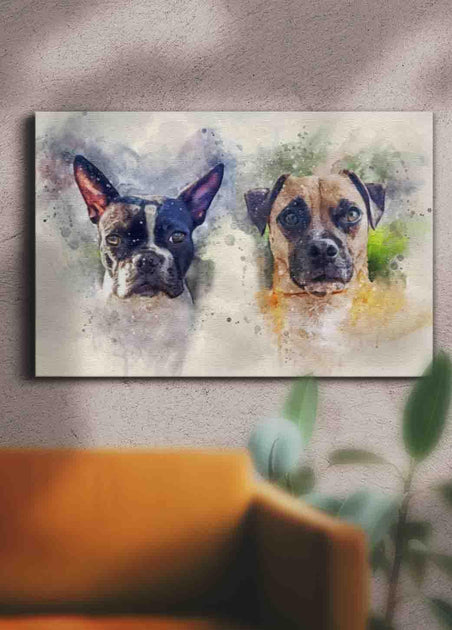
WATERCOLOUR SIBLING



